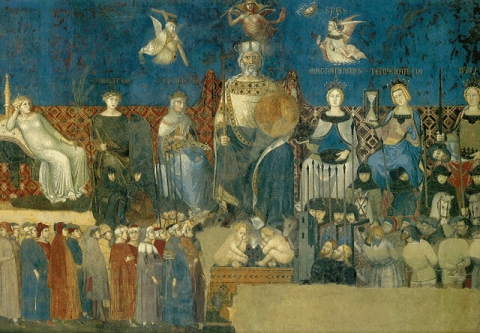The world of exhibition-making can be an infuriatingly conservative place. Such is the financial pressure on exhibition organisers to maximise attendances that they tend to stick with the familiar crowd-pulling names. So much so that it sometimes feels as if the entire history of Western art has been boiled down to a kind of celebrity A-list: Caravaggio, Vermeer, Rembrandt, Monet, Goya, Van Gogh, Cezanne, Picasso, Pollock, Warhol. As one museum director said to me a few years ago, “You do the same ten artists everyone has heard of, and when you’ve finished – you do them again.”
So hats off to the National Gallery for having the bravery to break new ground – new Old Master ground, at least – with its forthcoming exhibition, “Renaissance Siena: Art for a City”. This is a show unashamedly devoted to spreading the word about a group of artists whose names and whose works remain more or less completely unknown, save to a handful of specialist Renaissance art historians. The brainchild of a young and dynamic curator, Luke Syssons, the exhibition advances the polemical thesis that Renaissance Siena has for too long been allowed to languish in the shade of its illustrious neighbour – and bitter rival –
Siena is widely celebrated for its many masterpieces of medieval and early Renaissance art: the paintings of Simone Martini; Ambrogio Lorenzetti’s Allegory of Good and Bad Government in the city’s Palazzo Communale; and above all Duccio’s great gold-ground polyptych, the Maesta, housed in the Museo dell’Opera del Duomo. These works, with their steep perspectives and distortions of scale, their otherworldly, almond-eyed madonnas and saints, clothed in richly intricate costumes designed simultaneously to arouse devotion and advertise Siena’s own principal business in the Middle Ages, the textile trade, are among the greatest jewels of...


